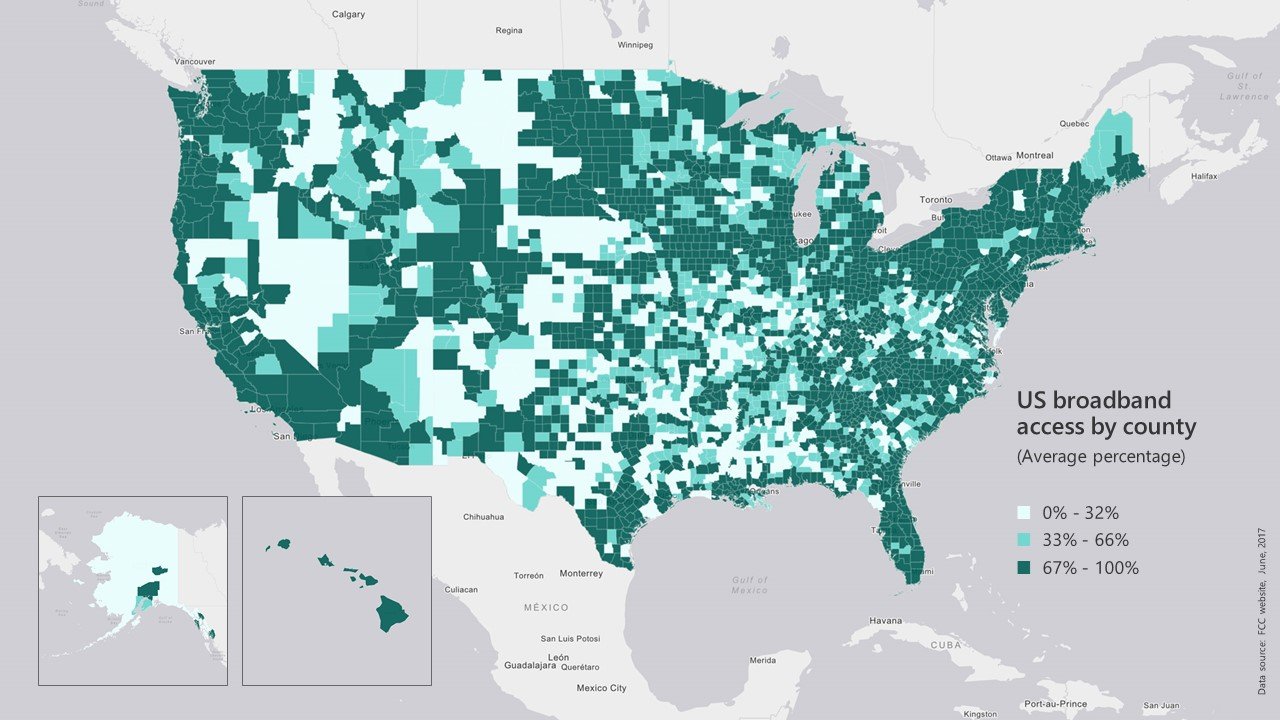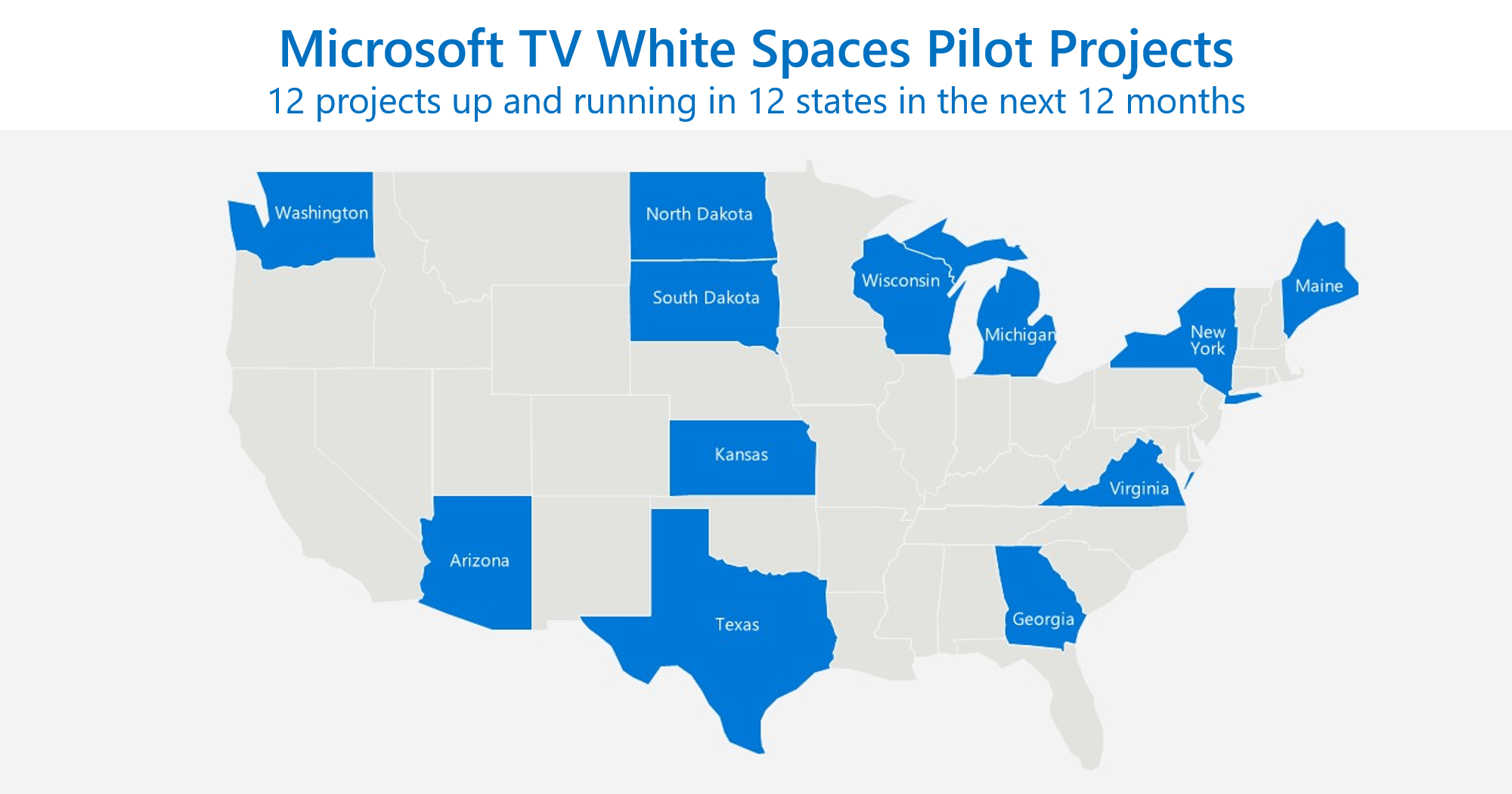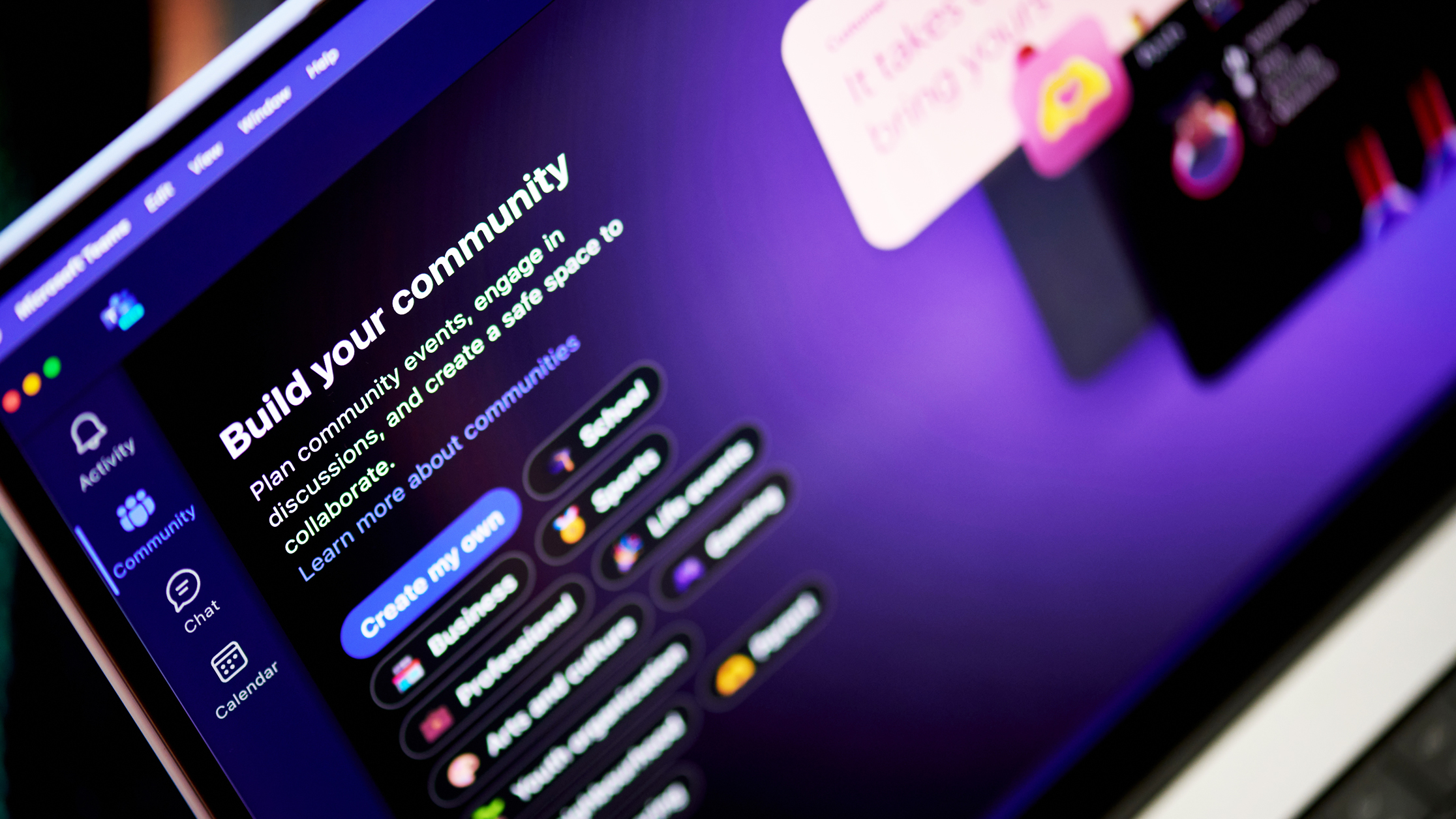Microsoft plans to bring broadband access to more rural Americans with TV white spaces

Microsoft is looking to help more people in rural America get access to broadband internet using an interesting approach: TV white spaces. Leveraging the unused TV broadcast frequencies, Microsoft is hoping to kickstart an initiative that it hopes will eventually bring broadband internet to around 23 million people that lack access in rural America, effectively closing what it calls "the rural broadband gap."
In a post outlining the plan, Microsoft President and Chief Legal Officer Brad Smith sets a goal of closing the gap within the next five years. Says Smith:
The time is right for the nation to set a clear and ambitious but achievable goal – to eliminate the rural broadband gap within the next five years by July 4, 2022. We believe the nation can bring broadband coverage to rural America in this timeframe, based on a new strategic approach that combines private sector capital investments focused on expanding broadband coverage through new technologies, coupled with targeted and affordable public-sector support.
For Microsoft's part, Smith says that the company will work towards the goal of covering 2 million people by 2022 by partnering with telecommunications companies as part of the Rural Airband Initiative in 12 states. Microsoft is also hoping to spur further investment from other companies and the public sector by reinvesting any revenue in further projects and providing royalty-free access to 39 patents and source code related to the technology used in TV white space broadband. Lastly, Microsoft plans to invest in digital skills training for people in rural communities as well.

Microsoft already has experience in this area, having kicked off 20 TV whitespace projects in 17 countries around the world. Further, the technology itself could prove to be one of the least expensive options for covering families that have been left without broadband coverage due to nothing more than their location. Through research conducted with Boston Consulting Group, Microsoft says it has determined TV white spaces to be the best approach for communities with a population density between 2 and 200 people per square mile.
Smith is quick to point out that Microsoft isn't looking to become an ISP itself. Rather, the company will partner with ISPs to work towards its goals. And though there's still some work to be done with things like ensuring that specific white space bands are available in all markets, the hope is that Microsoft's initial plan will spur other companies and the public sector to get involved as well.
All the latest news, reviews, and guides for Windows and Xbox diehards.

Dan Thorp-Lancaster is the former Editor-in-Chief of Windows Central. He began working with Windows Central, Android Central, and iMore as a news writer in 2014 and is obsessed with tech of all sorts. You can follow Dan on Twitter @DthorpL and Instagram @heyitsdtl.
